|
As mentioned earlier in my blog article on Painted Screens, functional art has been of great interest to me. Items designed for a specific use have an inherent beauty. It brings me pleasure to use an object for a specific purpose and have it possess a sense of beauty, either in its form, design, or both. I previously mentioned that the two most impactful types of functional art that have influenced my painting are boxes and screens. In this discussion I would like to talk about painted boxes as the second type of functional art that has played a major role for me. When I first came to the Pacific Northwest in the summer of 1974, I immediately fell in love with 2-dimensional Northwest Coast Indian Art. I was especially taken by the very formal painted bentwood boxes and chests created by artists/craftsmen from the late 19th and early 20th century. The fact that a box could be crafted from a plank of western red cedar that had been bent by steaming was amazing to me. I recall watching a video showing kwakwaka'wakw carvers Mungo Martin and Richard Hunt creating a bentwood box which can still be watched today thanks to YouTube. Later, after working at the Ozette archeological site, I was introduced to pre-contact Ozette/Makah bentwood boxes that had been excavated from the houses buried in the mudslide and wonderfully preserved. Utilitarian boxes as well as decorated chests made to store items of wealth were uncovered at the site, and they acted to further inspire me to create boxes from cedar. The first cedar box that I made was an overly ambitious attempt to create a bentwood chest having a traditional northern style design. I did extensive research of the literature to see how chests from the northern coast looked and then created my own design in that particular and very formalized style. I was pleased with the outcome of the design and the execution of my painting; however, the box itself was really poorly made. It was my first and last attempt to make a bentwood box. Furthermore, I made the conscious effort to move away from native art and to develop my own style of painted design. Today I am influenced more by Arts & Crafts designers such as Glasgow Girl metalworker Margaret Gilmour and Celtic Revival designer Archibald Knox, but the desire to create boxes made of cedar and painted with designs still reflects the strong underlying influence of the Northwest Coast. The fact that I am not a woodworker, and am unskilled in their making, means that my boxes will always have a limitation on their craftsmanship. I do the best that I am able in creating the boxes with the hope that the more I make, the better they will become. However, I always hope to have the raw quality of a primitively made box prevail, and the passion behind the creation be of primary importance. I will continue to make boxes for the surfaces they provide upon which I can paint. For me, they are the best way to create art that is beautiful (in a raw and primitive sense) and truly functional.
2 Comments
|
Gary GiovaneGary Giovane has been studying art since the ‘70s. A graduate of Penn State University (B.S.) & Memphis State (M.A.T.), Gary has been an archeologist, a cook, and a high school science & math teacher. Gary worked on the Fishtown, Ozette, & Indian Island archeological projects before teaching for 23 years in Neah Bay and for 7 years in La Conner. He currently lives and works in La Conner, along with his wife, Leigh. Archives
February 2018
Categories |
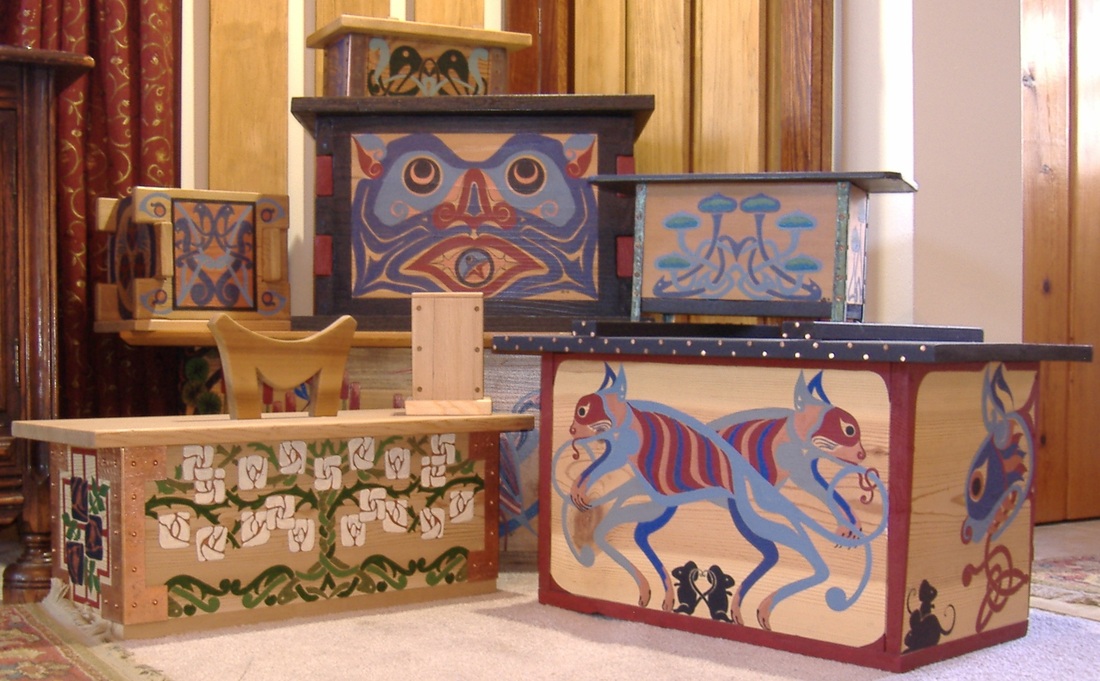
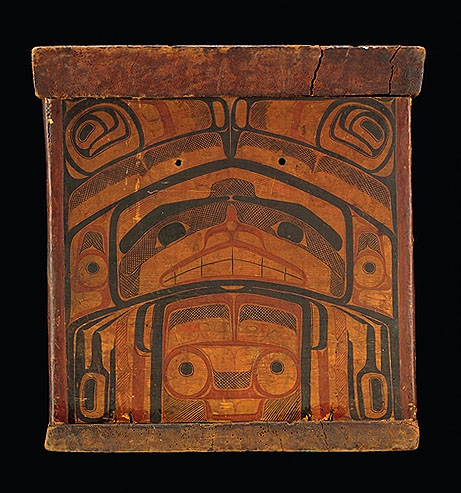
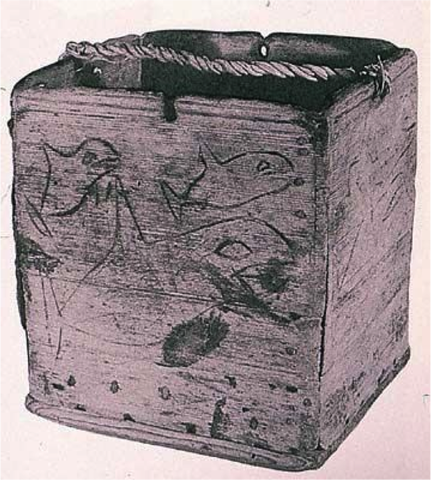
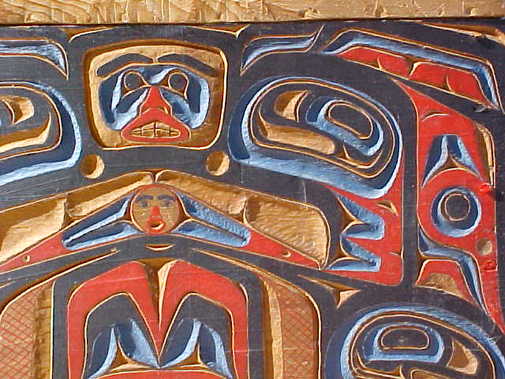
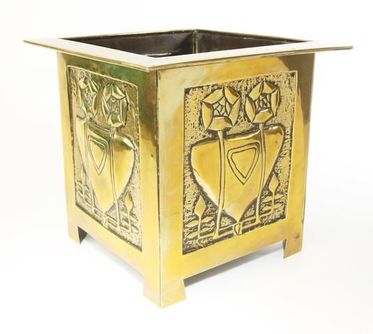
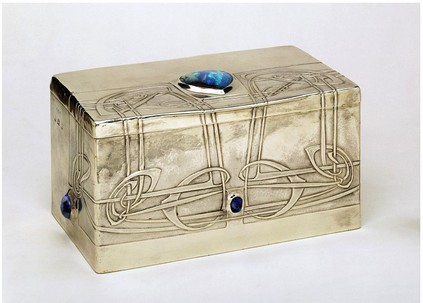
 RSS Feed
RSS Feed